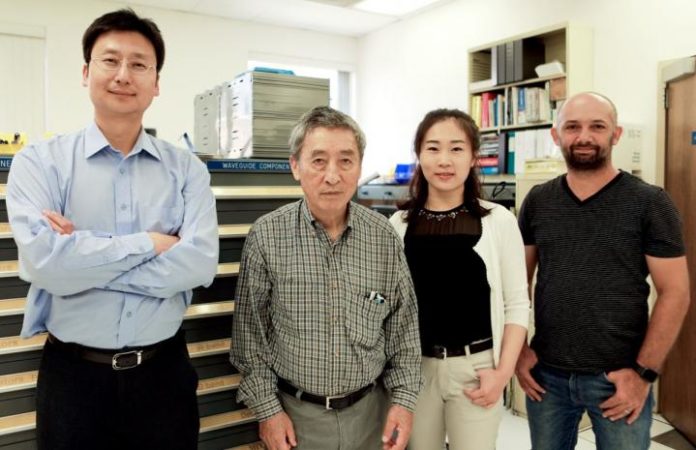UCLA Samueli engineers have built up another tool to display how magnetic materials, which are utilized in cell phones and different specialized devices, communicate with approaching radio signals that convey information. It precisely predicts these collaborations down to the nanometer scales required to fabricate best in class communication advances.
The tool enables specialists to outline new classes of radio frequency based segments that can transport a lot of information all the more quickly, and with less noise obstruction. Future utilizes cases incorporate cell phones to implantable health observing devices.
Magnetic materials can attract or repel each other based on their polar orientation–positive and negative ends attract each other, while two positives or two negatives repel. When an electromagnetic signal like a radio wave passes through such materials, a magnetic material acts like a gatekeeper, letting in the signals that are desired, but keeping out others. They can also amplify the signal, or dampen the speed and strength of the signal.
Engineers used effects, called “wave-material interactions,” to make devices used in communications technologies for decades.
Yuanxun “Ethan” Wang, a professor of electrical and computer engineering who led the research said, “Our new computational tool addresses these problems by giving electronics designers a clear path toward figuring out how potential materials would be best used in communications devices. Plug in the characteristics of the wave and the magnetic material and users can easily model nanoscale effects quickly and accurately. To our knowledge, this set of models is the first to incorporate all the critical physics necessary to predict dynamic behavior.”
Scientists developed this tool based on a method that jointly solves well-known Maxwell’s equations. The study was published in the June 2018 print issue of IEEE Transactions on Microwave Theory and Techniques.
The study’s lead author Zhi Yao is a postdoctoral scholar in Wang’s laboratory. Co-authors are Rustu Umut Tok, a postdoctoral scholar in Wang’s laboratory, and Tatsuo Itoh, a distinguished professor of electrical and computer engineering at UCLA and the Northrop Grumman Chair in Electrical Engineering. Itoh is also Yao’s co-advisor.
The team is working to improve the tool to account for multiple types of magnetic and non-magnetic materials. These improvements could lead it to become a “universal solver,” able to account for any type of electromagnetic wave interacting with any type of material.
